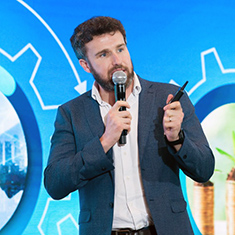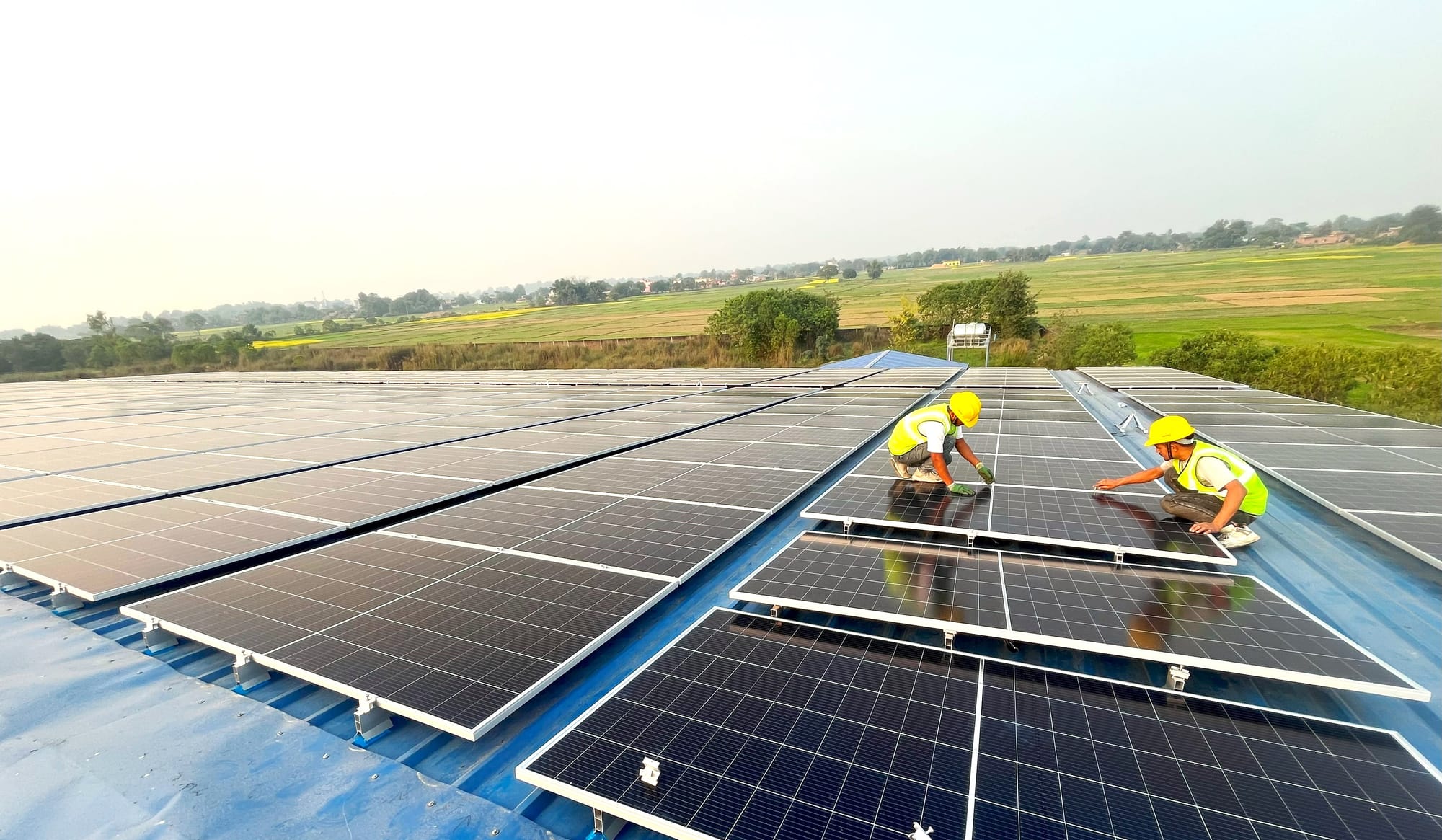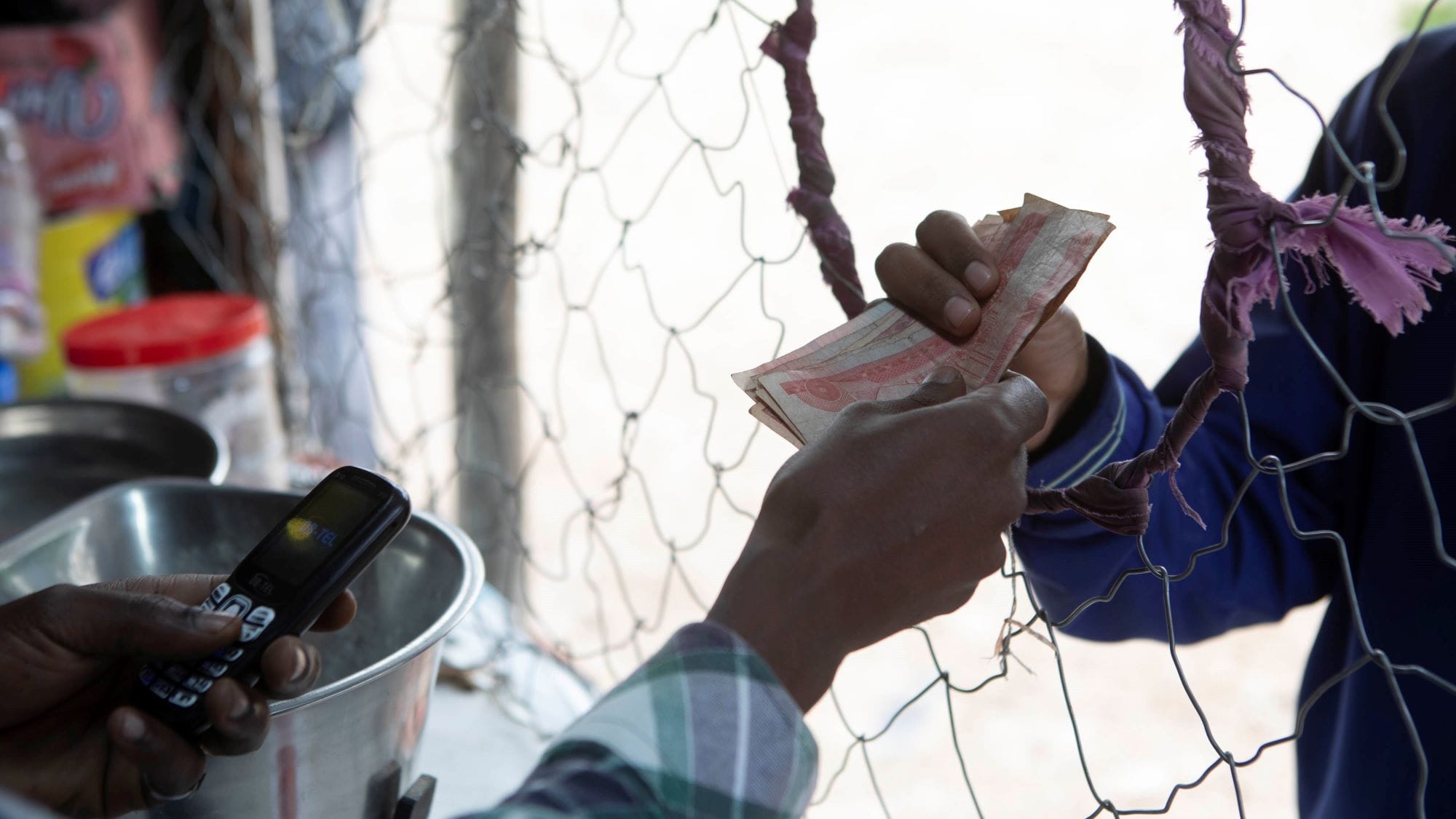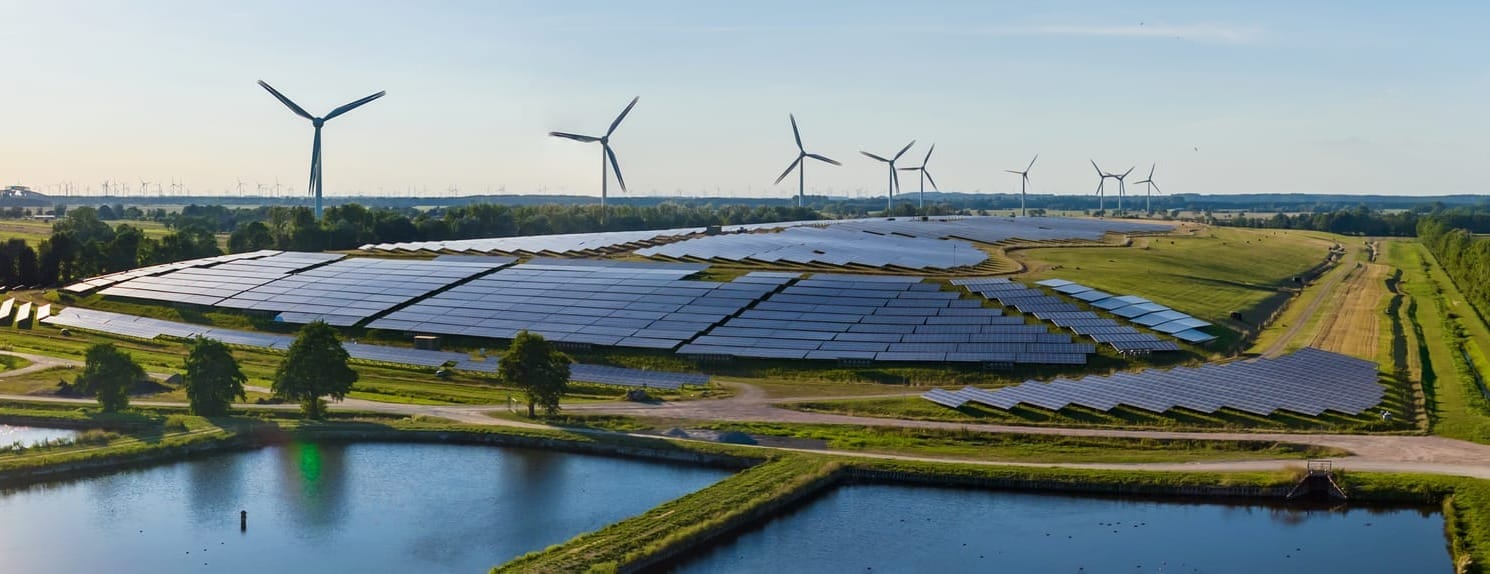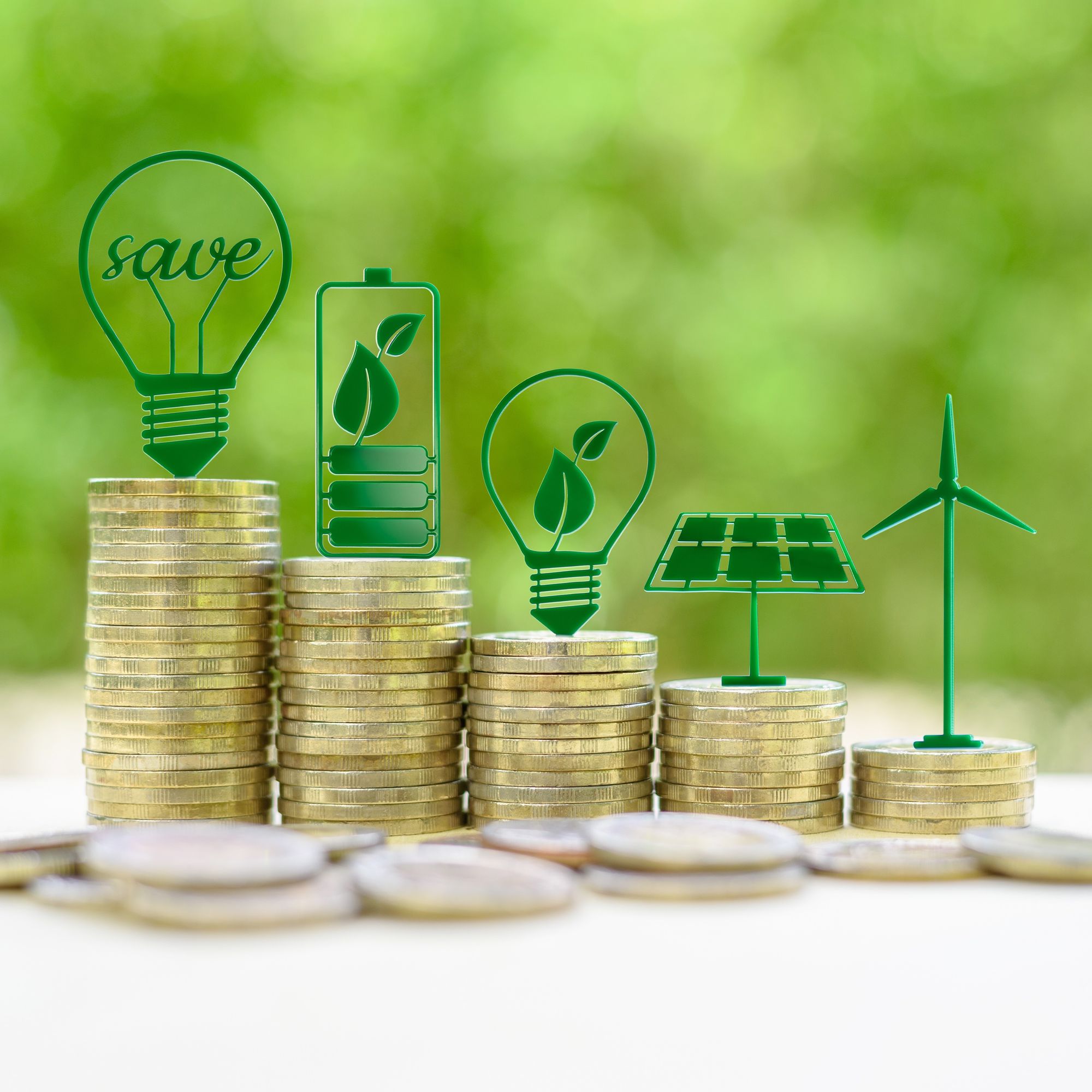With public sector funding increasingly constrained, blended finance is becoming an essential tool in the development finance playbook. The definition of blended finance varies across fields and sectors, but a simple, broad definition is “the use of public or philanthropic capital in a catalytic manner to leverage private sector investment.” Recent experience on two DAI-managed projects in Nepal illustrates the significant potential of blended finance—in these cases, as applied to the task of spurring growth in small and medium-sized enterprises (SMEs).
Focusing on Impact in Nepal
Udaya is a Swiss Agency for Development and Cooperation-funded program, which began in 2024. It works with the Government of Nepal to improve access to growth capital and business development services (BDS) in Koshi, the country’s easternmost province. The focuses on developing approaches to SME finance in underdeveloped communities and will shortly launch a Provincial SME-Lending Risk Reduction Mechanism—a final loss guarantee fund for selected financial institutions so that they are more secure in providing loans to SMEs.
The Nepal Renewable Energy Fund (NREP), which started in 2019 and ends this year, is also using guarantees to scale impactful finance. This Government of Nepal project is led by the Alternative Energy Promotion Centre and financially supported by the U.K. Foreign, Development & Commonwealth Office. DAI, an implementing partner leading a consortium supported by Winrock, is focused on delivering a Sustainable Energy Challenge Fund (SECF) mechanism that de-risks projects to increase their financial viability for investors, again through the limited use of catalytic public capital.
Both projects are designed to support Nepal’s net-zero transition and broader inclusive growth. NREP targets SMEs and projects that assess, develop, and finance distributed renewable energy projects, while Udaya supports the financing of SMEs seeking to reduce their emissions footprints. Three challenges stand out:
- SMEs have limited access to capital.
- The SME ecosystem struggles to sustain core operations and staffing.
- Women and disadvantaged groups tend to be under-represented in Nepal’s workforce and among its business owner/entrepreneur community, limiting their growth opportunities.
Let’s take these challenges in turn.
Limited Access to Capital
SMEs are often the backbone of local economies and drive job creation, innovation, and economic prosperity. When communities are starved of finance, it stunts SME growth, leading to a lack of innovation and investment in new technologies, ultimately hampering economic development. This economic sluggishness leads to broader problems in communities, such as increased interest rates, reduced employment opportunities, stifled innovation and entrepreneurship, a decline in social capital, and widened economic inequalities.
UNESCAP puts the financing gap in Nepal at just over $1 billion, based on an estimated average need of $18,000 for small and $350,000 for medium-sized enterprises.
Shortage of capital means SMEs lack:
- Resources to invest in new technology, expand operations, and enter new markets.
- Opportunities to grow the business, which means they also miss opportunities to innovate and develop new products in favorable market conditions.
- Consistent cash flow, which can lead to difficulties meeting day-to-day expenses.
- Competition with larger enterprises in the same market with easier financial resources access.
A fundamental consideration is that SMEs are neither ready for nor have the capacity to receive and use commercial funding from banks and investors. Accordingly, very few SMEs apply for a bank loan. At the same time, commercial banks, private investors, and financial institutions are not inclined to approve SME loan applications because they perceive them as high risk—due to factors such as the lack of necessary legal and financial documents, low business survival rates, and inability to meet the banks’ requirements for post-loan monitoring. It is unsurprising, therefore, that SME lending in Nepal remains minimal, particularly among women and disadvantaged groups.
Inadequate access to capital also constrains SME investment in sustainable practices. SMEs willingness to invest in low-carbon solutions is high, but the initial capital costs of transitioning provide a prohibitive barrier to adoption at scale. This is an important consideration because, according to the Kathmandu Post, Nepal is the world’s third most polluted country.
Ecosystem Challenges
Against this backdrop, Nepal’s SMEs have come to rely heavily on donor-funded and government programs to support their growth, core operations, and staffing, which undermines their sustainability as businesses since most, if not all, donor-funded programs typically have a limited duration and require SMEs to focus on short-term objectives. Nepali SMEs tend to lack awareness of BDS providers and, lacking resources, are reluctant to pay for them even when they understand the benefits. The result: an ecosystem that remains weak.
Limiting their focus to niche areas aligned with donor expectations means that Nepal’s SMEs typically do not fully engage with the market, which narrows their understanding of customer needs, market trends, and competition, and deprives them of information about opportunities, risks, and the requirements for entering those international markets that lie outside of the interests of donors.
Women and Disadvantaged Groups
Women and disadvantaged groups are likely to be under-reached when it comes to BDS. Women, especially, are unlikely to have much social capital (that is, access to resources and information through a network of relationships) and—in the case of finance—typically have limited exposure to positive bank and consumer relationships and the better commercial finance terms that come with those relationships. Their lack of empowerment in the workforce and as business owners and entrepreneurs compounds their reliance on donors and government-funded programs.
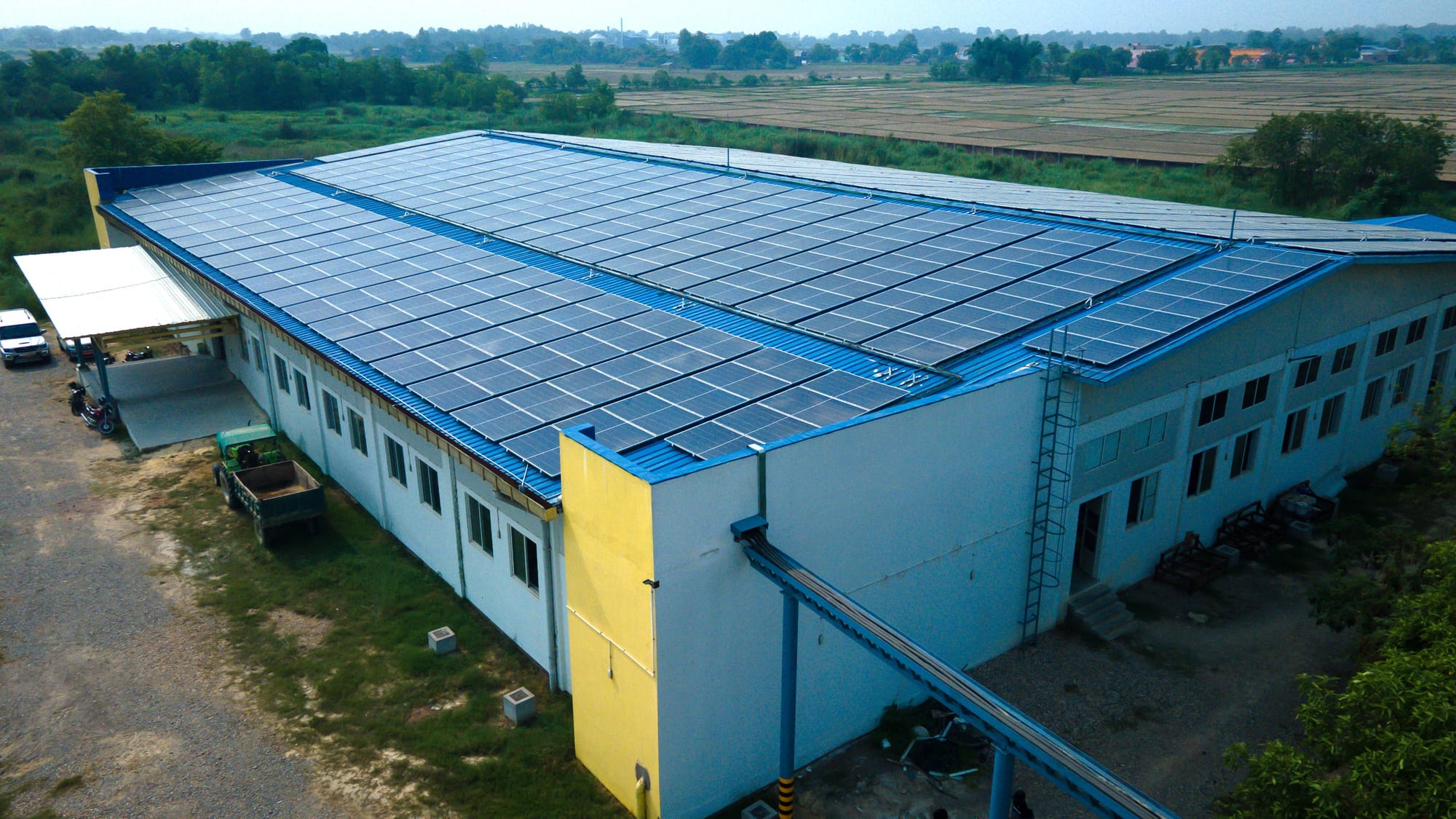
How Does Blended Finance Address These Problems?
Udaya and NREP have each developed blended finance mechanisms to alleviate these challenges and increase private-sector financing for SMEs.
NREP has provided blended finance through the SECF, a mechanism structured to support creative problem-solving in the renewable energy sector. For example, NREP’s blended finance tools include interest rate buydowns of 50 percent of the interest amount for five years and generation-based incentives of up to 1.1 cents per kWh for five years for solar rooftop projects. Loan loss guarantees are offered for up to 20 percent of loans for SECF projects. The project has supported capital expenditures for public-private projects focused on mini-hydro, and discounted—with support of up to 50 percent of overall costs to a maximum of $70,000—for electric vehicle (EV) charging stations and biogas to bio-compressed natural gas conversion projects.
The results: NREP has leveraged $16 million in private financing for renewable energy projects, with 22.5 Megawatts of installed renewable energy capacity established across solar rooftop and mini hydro projects. Since it started, the project’s broader efforts have led to an estimated 38,000 tons of greenhouse gas emissions (tCO2e) being reduced or avoided through renewable energy projects.
NREP has expanded Nepal’s EV market by assisting SMEs in developing EV charging stations. SMEs are critical to the growth of the EV market and the reduction in greenhouse gas emissions because they play a crucial role in the promotion, adoption, and maintenance of EVs through their broad provision of market infrastructure (including manufacturing and importing). This support of the broader EV marketplace has helped deliver real economic growth in line with the government’s net-zero target to have EVs comprise 90 percent of all private passenger vehicle sales by 2030. According to the Nepal Economic Forum, the EV market is experiencing significant growth, with 3,870 EVs worth nearly £65 million imported in the first 11 months of FY 2022/23.
Udaya, currently a pilot project but with the potential to be scaled nationally, is onboarding selected financial institutions and introducing them to the Provincial SME-Lending Risk Reduction Mechanism, a final loss guarantee fund designed to de-risk SME loans. The fund will focus on climate-oriented SMEs and those addressing issues affecting women and marginalized groups, seeking to strengthen their resilience and working in partnership with the Government of Koshi Province to improve ecosystem conditions for SMEs. A government-led technical assistance facility will enhance the delivery of BDS providers, with support from Udaya focused on enabling those BDS providers to improve SME performance and position them to apply and qualify for bank loans.
These efforts show how blended finance can be structured to reduce capital constraints, enhance the SME ecosystem, and support women and broader inclusion. NREP has shown how blended finance can leverage private funds to spur energy transitions and economic growth. Though still in its early days, Udaya shows how we can continue strengthening Nepal's SME and investment ecosystem with a reduced demand on the public purse.
